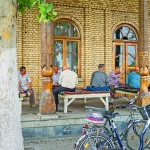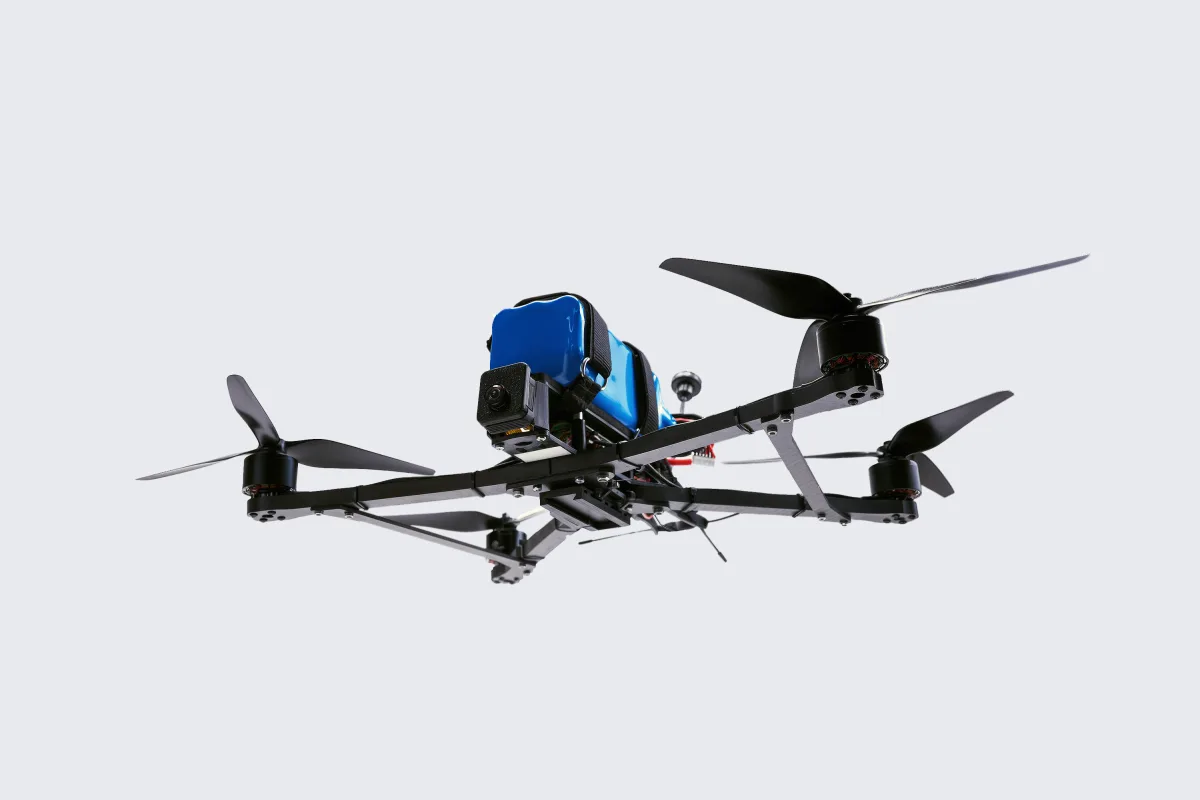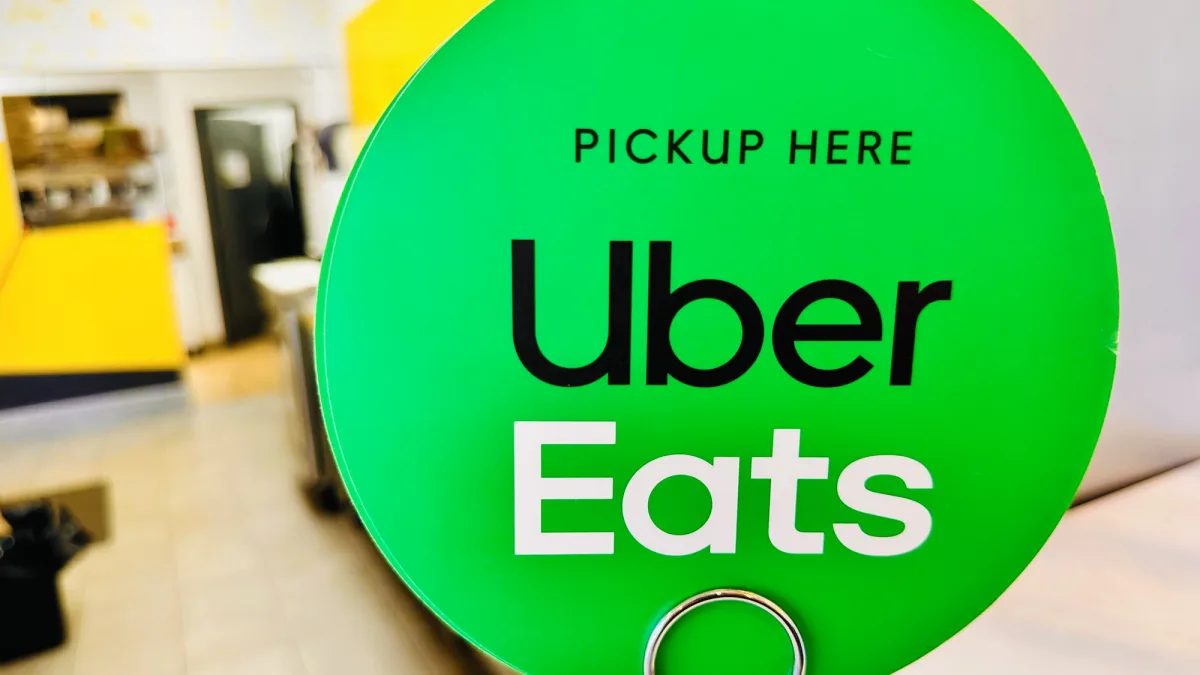Drones now account for 60-70 per cent of damage inflicted on Russian equipment, transforming Ukraine from aid recipient to potential defence tech powerhouse. International investment in Ukrainian defence start-ups jumped from nearly zero to 40 million US dollars in 2024, suggesting that geopolitical risk has not deterred those betting on battlefield-tested innovation.
The fourth law of robotics, it seems, concerns profit margins. The Fourth Law (TFL), a Kyiv-based defence technology firm, announced earlier this month that it has secured funding from venture capital funds and angel investors across the European Union, United States, and Canada.
The company’s timing is impeccable: its AI-guided autonomy modules for first-person view (FPV) drones have arrived precisely when such technology has become the defining factor in modern warfare.
Terminal guidance at terminal cost
TFL’s flagship product, the TFL-1 autonomy module, offers something military planners have long coveted: multiplicative force enhancement at marginal cost increases.
The module increases FPV drone mission success rates by a factor of two-five times whilst adding only 10-20 per cent to production costs. By transferring control of drones to onboard computers during the final 500 metres of flight, the system addresses three critical battlefield challenges: electronic warfare jamming, radio horizon limitations, and pilot precision constraints.
The mathematics are compelling. Ukrainian forces are already deploying these systems ‘in volumes’, as the company puts it with characteristic understatement. Colonel Ruslan Shevchuk of Ukraine’s 58th Motorised Infantry Brigade confirms the technology’s battlefield efficacy: “Since March 2025, pilots… have been utilising aircraft equipped with the TFL-1 system, which has demonstrated its effectiveness… It helps us overcome electronic warfare, jamming, acquire, and strike targets in challenging conditions.”
The broader context makes TFL’s commercial success hardly surprising. Ukraine produced at least one million drones in 2024 and plans to manufacture 2.5 million in 2025. By early 2025, production had reached 200,000 FPV drones monthly. These systems inflict up to 80 per cent of Russian battlefield casualties, effectively serving as the infantry of unmanned warfare.
A laboratory of lethality
Ukraine’s defence technology sector has become what we might euphemistically term a real-time testing environment. The country has evolved from dependence on Western military aid to becoming what officials describe as a potential breadbasket for lethal military equipment. By 2024, approximately 500 arms producers were operational in Ukraine, collectively employing nearly 300,000 people.
The transformation reflects harsh economic realities. Costing as little as 400 US dollars apiece, Kyiv’s flying machines successfully neutralise sophisticated Russian equipment worth thousands of times more.
This asymmetric cost-effectiveness has not gone unnoticed by international investors, who increasingly view Ukrainian defence firms as possessing unique competitive advantages.
Risk and reward in a war zone
Investment flows tell a remarkable story of confidence amid chaos. Recent transactions include a 3.74 million US dollars investment in Tencore, a manufacturer of military robots, representing one of the largest publicly disclosed investments in Ukrainian defence technology since 2022.
The investment thesis appears straightforward: Ukrainian firms offer battlefield-tested technology at competitive prices, developed under the ultimate stress test of actual warfare. Ukraine’s Brave1 platform currently supports over 1,500 Ukrainian tech companies with 30 million US dollars in grants, whilst regulatory reforms have streamlined investment processes.
“Massively scalable drone autonomy is the single most important defence technology of this decade,” argues Yaroslav Azhnyuk, TFL’s founder and chief executive. “There’s no one on the planet who understands this better than the Ukrainian Defence Forces.”
His confidence appears justified by results: the company’s products are now integrated across more than a dozen major FPV manufacturers’ platforms.
The geometry of modern warfare
TFL’s five-stage autonomy roadmap—from terminal guidance to autonomous take-off and landing—reflects broader military trends. The permanent, blanket aerial reconnaissance has widened the ‘grey zone’ of no-man’s land from 10 kilometres in 2022 to 25 kilometres, fundamentally altering battlefield dynamics.
The technological arms race continues relentlessly. Russia now produces approximately 170 Geran drones daily at its Yelabuga facility, whilst Ukraine’s recent “Operation Spider’s Web” used 117 drones to destroy at least 13 Russian aircraft deep inside Russian territory.
Each tactical innovation spawns countermeasures, creating what military analysts describe as, “a daily race to innovate.”
Beyond the battlefield
TFL’s broader ambitions extend beyond immediate military applications. The company positions itself as an ‘autonomous robotics company’ with transferable technology applicable to logistics, manufacturing, and construction. This vision mirrors that of other Ukrainian defence firms seeking post-conflict commercial relevance.
The geopolitical implications are considerable. Ukraine may not only have the wherewithal to potentially prevail in the war but also be able to fund itself moving forward through defence technology exports.
The prospect of Ukraine emerging as a major defence technology exporter—battle-tested products meeting NATO standards—represents a remarkable transformation for a country that relied heavily on Western aid just three years ago.
The new normal
International investors appear increasingly comfortable with Ukrainian risk profiles, particularly in defence technology sectors. Legal frameworks such as Ukraine’s Diia.City programme now allow investors to use international arbitration and foreign law in contracts, making Ukrainian investments as secure as those in Delaware corporations.
The Fourth Law’s funding success suggests that investors view Ukrainian defence technology not as a temporary wartime phenomenon, but as a sustainable competitive advantage. With global defence spending projected to exceed 900 billion euros in Europe alone, Ukrainian firms’ battlefield credentials may prove more valuable than traditional peacetime development processes.
As warfare increasingly resembles a technology competition rather than a traditional military confrontation, Ukraine’s defence sector offers something uniquely valuable: proven solutions to contemporary security challenges. Whether this translates into long-term commercial success depends partly on the war’s eventual resolution—but the early indicators suggest that investors are betting on Ukrainian ingenuity outlasting Russian aggression.
Photo: TFL.







